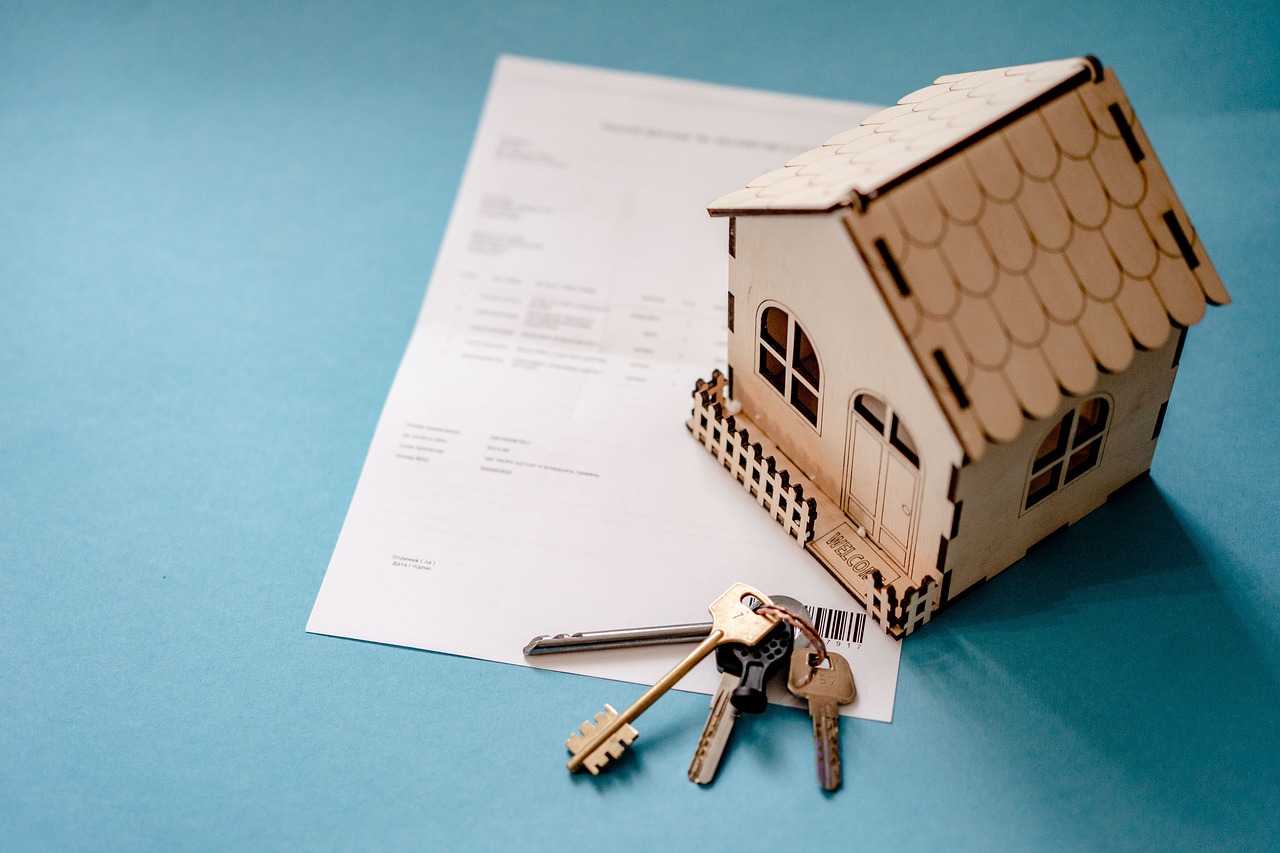By 2025, the American Dream is looking more like a luxury than a right. For many, the idea of owning a home has shifted from achievable to impossible. Rents are skyrocketing, home prices remain stubbornly high, and even high-income earners are struggling to find housing that doesn’t eat up half their paycheck.
We are not in a housing bubble—we’re in a housing squeeze. And it’s getting tighter.
📉 When Did a “Starter Home” Start Costing Half a Million?
Rewind a few decades, and a starter home was a humble, manageable space—often bought by young couples saving up for a bigger future. Today, that same home might go for $450,000 in a city like Denver, Austin, or Nashville.
The math doesn’t add up: wages have barely budged, while housing costs have surged. Since 2000, home prices have risen nearly 120%, while median household income has grown just 29%.
💡 Why Is This Happening?
The affordability crisis isn’t caused by one thing—it’s a perfect storm of problems:
-
Too few homes: We’ve underbuilt for over a decade. Zoning laws, labor shortages, and material costs have kept supply well below demand.
-
Investors vs. individuals: Wall Street and large investors are scooping up homes to rent, outbidding families in many markets.
-
Inflation & interest rates: High mortgage rates have sidelined many buyers while keeping sellers locked into low-rate loans.
-
Short-term rentals: In some areas, homes that would house families are now rented nightly to tourists.
🚪 Locked Out: Who’s Affected?
Spoiler alert: Almost everyone.
-
Young professionals: Buried under student debt and rising rents, many can’t save for down payments.
-
Essential workers: Teachers, nurses, and first responders often can’t afford to live in the communities they serve.
-
Retirees on fixed incomes: Rising taxes and insurance premiums are making aging in place unaffordable.
Even middle-class families are feeling the pinch. When a two-bedroom apartment costs $2,200 a month in many cities, even dual-income households are stretched thin.
🏗️ So What’s Being Done?
Governments, developers, and activists are trying to turn the tide. Here’s how:
-
Zoning reform: Some cities are loosening single-family zoning rules to allow duplexes, triplexes, and ADUs.
-
Affordable housing mandates: New developments may be required to include units at below-market rates.
-
Down payment assistance: State and federal programs are helping first-time buyers bridge the affordability gap.
-
Build-to-rent communities: These neighborhoods offer more flexible paths to ownership—or stable long-term rentals.
But the progress is slow. Building takes time. Policies face resistance. And many proposed solutions don’t help renters or buyers right now.
🔥 What Can Be Done Next?
We need bold, innovative solutions—not band-aids.
-
Incentivize building at scale, especially in urban cores.
-
Expand rent-to-own models to help renters become owners.
-
Crack down on speculative investors hoarding single-family homes.
-
Reimagine homeownership, including co-ownership models and modular housing.
Most importantly, we need to treat housing like what it is: a human right, not just an investment vehicle.
🧭 Final Word: A Crisis That Demands Courage
The housing affordability crisis isn’t just an economic issue—it’s a cultural one. It affects how people form families, where they work, what they can dream about, and how secure they feel every night.
A society where only the wealthy can afford shelter is not a sustainable one.
The challenge is enormous. But so is the opportunity—to reimagine what housing means, who it’s for, and how we can make it work for everyone.


 Facebook
Facebook
 X
X
 Pinterest
Pinterest
 Copy Link
Copy Link
